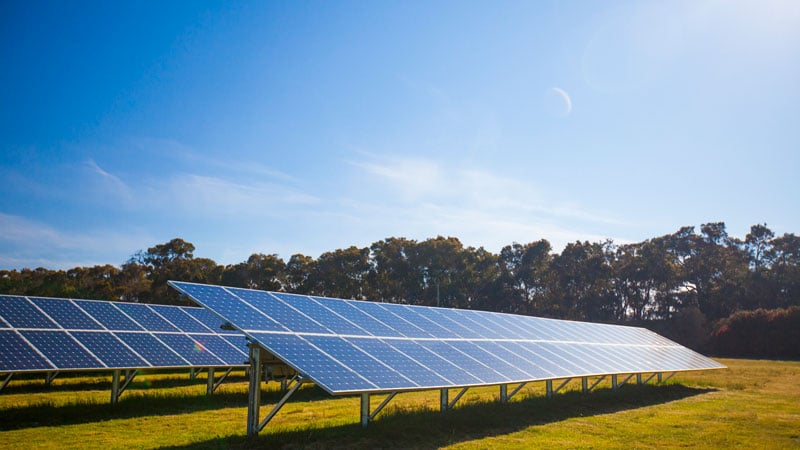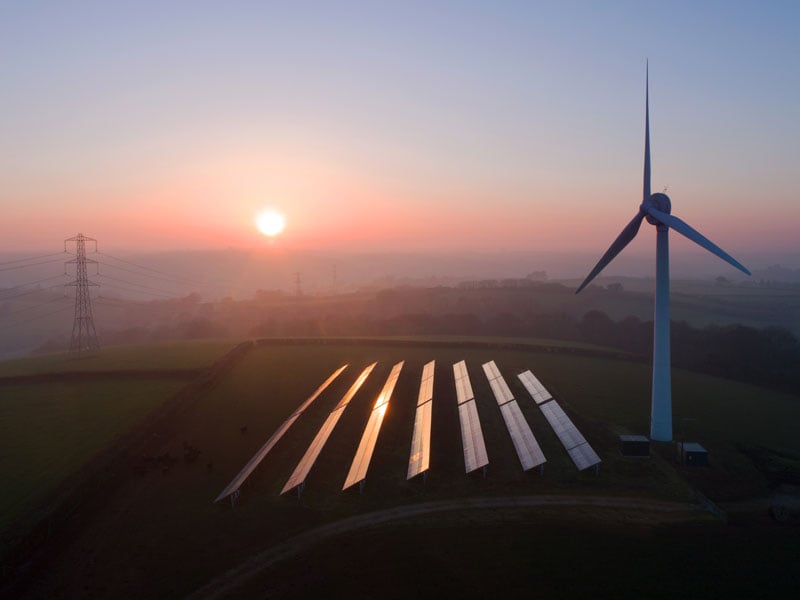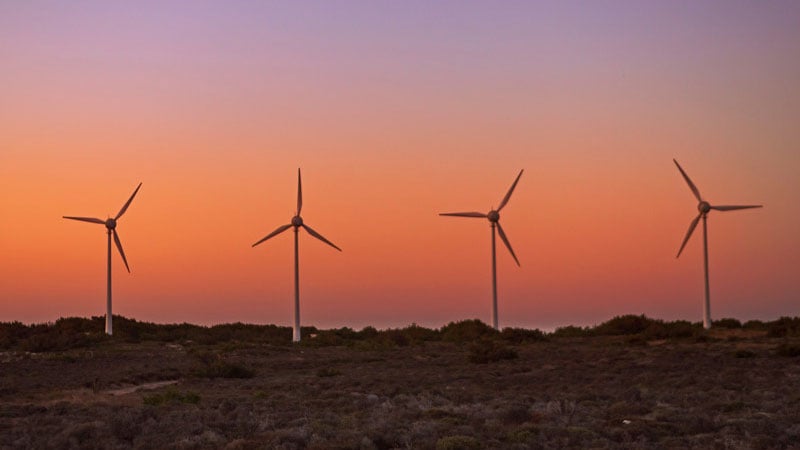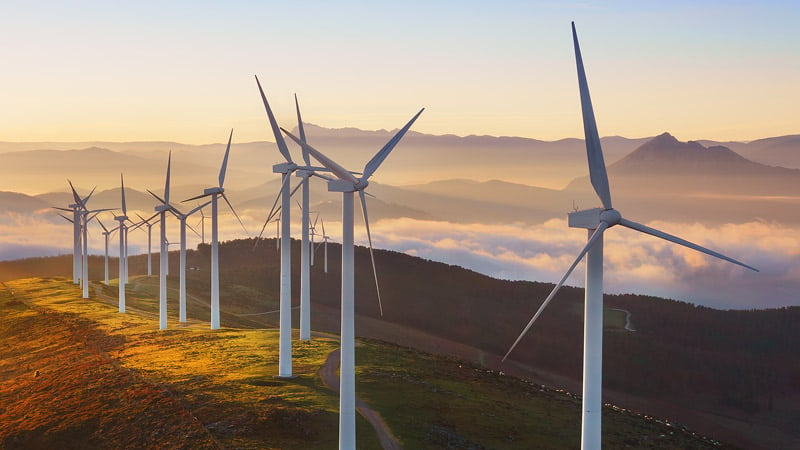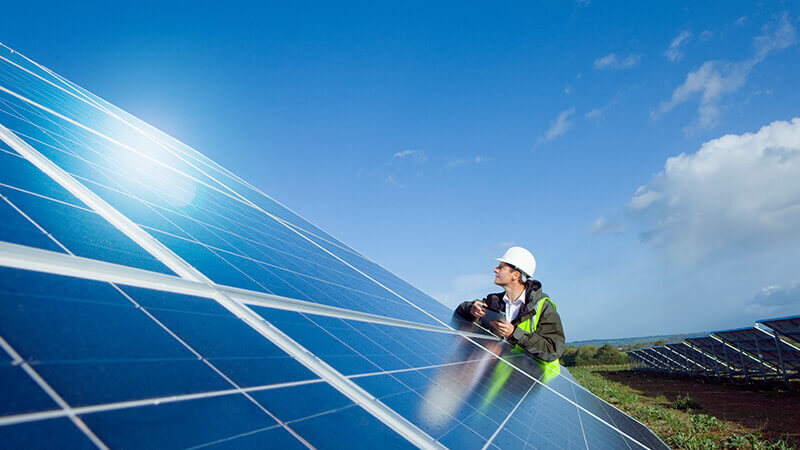Earlier this year, Vertiv released our 2022 ESG report, which documents our approach and progress in six key areas related to environmental, social and governance issues. One of those areas is the development of efficient products and systems. In this post, I want to drill a little deeper into that focus area and explore why efficiency is so vital to our industry today.
Reducing the Impact of Growth
Vertiv has a long history of helping our customers improve the efficiency of their operations and has consistently strived to deliver more efficient and cost-effective power and cooling solutions. Historically, cost savings have been the primary driver of efficiency improvement. But, while reducing costs remains important, today many of our customers are also focused on reducing the environmental impact of their operations. This means they are increasingly evaluating the resources being impacted at every stage of the life of data center equipment, especially the energy that equipment uses.
Data centers are inherently energy intensive, and the industry is continuing to expand capacity to meet the digitalization needs of business and society. Continuing to drive improvements in energy efficiency has the potential to enable continued industry growth without increasing – or even while reducing – the impact of data centers on climate change.
Energy Consumption and Greenhouse Gas Emissions
One measure of that impact is scope 2 emissions. These are the greenhouse gas emissions produced by the generation of electricity used by an organization. If you are using electricity generated by fossil fuels, the more electricity you consume, the more scope 2 emissions are attributed to your organization. With fossil fuels currently accounting for over 60% of total global electricity generation, much of the electricity powering data centers today creates scope 2 emissions.
The impact of more efficient infrastructure systems on scope 2 emissions can be significant. According to the 2023 Uptime Institute Global Data Center Survey, the average reported data center PUE has remained flat for four years at 1.58. But the report also notes: "Optimized data centers readily outperform the industry-average PUE. Facilities that can average under 1.3 are no longer scarce."
Assuming the same IT load and a carbon-based energy source, a data center with a PUE of 1.3 will contribute 18% fewer scope 2 emissions than a data center with a PUE of 1.58.
Energy Efficient Products and Systems
With our broad range of technologies and solutions, Vertiv is well positioned to help developers and operators improve energy efficiency across their power and cooling infrastructure.
For example, our Vertiv™ Liebert® iCOM™-S thermal system supervisory control builds on the capabilities of the unit-level controls designed into our systems to increase visibility into cooling system operation, enable new control strategies, and increase the ability to automate system-level responses to changing conditions. Working with temperature sensors at the rack, Vertiv™ Liebert® iCOM™-S system-level controls can provide up to a 35% thermal management system energy reduction compared to a system operating without supervisory controls.
On the power front, we’ve continued to drive up the operating efficiency of UPS systems across our product line while introducing innovations like Dynamic Online Mode to push UPS efficiency close to 100%. Dynamic Online Mode allows the UPS to bypass power conditioning when utility power is of acceptable quality while mitigating the issues that can occur with simpler “eco mode” executions during the transfer from bypass to power conditioning. As a result, our high-efficiency Vertiv™ Liebert® EXL S1 UPS with Dynamic Online Mode enables operating efficiency up to 99%.
Solutions such as these not only help our customers reduce overall electricity consumption and thus their scope 2 emissions, they can also reduce the cost of moving to lower impact power sources, such as fuel cells as they become commercially viable.
More Efficient Resource Utilization
Another area of concern in some geographies is water utilization. Some cooling systems use large amounts of water to enable more energy-efficient cooling. As organizations move compute and storage closer to users to minimize latency, they face the challenge of developing efficient data centers in areas where natural resources are limited.
We designed the Vertiv™ Liebert® DSE free-cooling economization system to address this challenge by delivering energy-efficient and water-free data center cooling. Compared to a chilled water system with a water-cooled chiller plant in a 1 MW data center, a Vertiv™ Liebert® DSE 250kW free-cooling economization system saves up to 6.75 million gallons of water per year. This widely adopted system has saved billions of gallons of water a year worldwide since its introduction ten years ago.
Vertiv™ chilled water systems controls within our adiabatic chillers and evaporative outdoor packaged units use onboard controllers to enable water usage only as needed based on factors such as redundancy, efficiency and cooling demand. Our floor-mounted chilled water systems use a closed water loop for humidity control that requires no additional water after it has been filled.
Designing for Efficiency
As important as efficiency is to the industry today, it is only one aspect of environmental impact and only one of the attributes that enable our products and systems to support the changing needs of the industry. As we continue to develop new products and systems, we are guided by five design principles:
- Design energy- and water-efficient solutions.
- Build resilient and highly serviceable equipment that’s durable and long lasting.
- Strive to understand and limit manufacturing processes that may have adverse environmental impacts, and measure and increase use of recycled materials in our products and product packaging.
- Enable remote troubleshooting, optimization services and more connected systems to improve and reduce the environmental impact of service practices, such as troubleshooting remotely based on monitored data and repairing on the first visit rather than having to make multiple trips.
- Reuse, refurbish, or recycle end-of-life equipment and materials.
For more information on how we are putting these principles into practice, read our 2022 ESG report.



